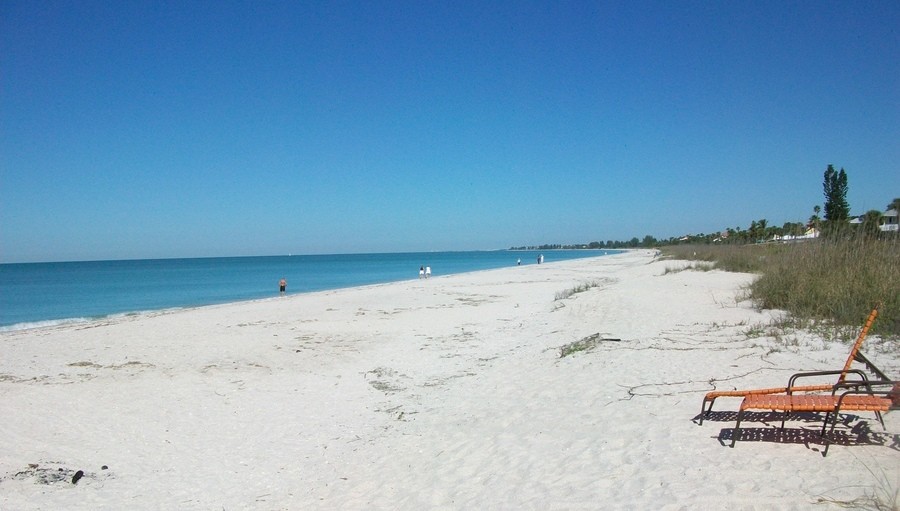Selby Gardens Dreams New Framework for Mid-Century Painters
Arts & Culture
SRQ DAILY FRIDAY WEEKEND EDITION
FRIDAY JUL 30, 2021 |
BY ANDREW FABIAN
For Radiah Lovette Harper, guest curator with Selby Botanical Gardens, the term “highwaymen” felt a little narrow. Arts collector and writer Jim Fitch coined the term in the mid-90s to describe a group of 26 Black mid-century artists who sold their work door-to-door in cities along the A1A highway on Florida’s East coast. The artists were largely self-taught, sold their paintings wet out of the trunks of their cars and, ultimately, found an audience that allowed them to forgo work in the citrus groves where many Black Floridians were expected to work.
“As a Black woman, an artist, a museum professional, I thought there had to be another story there,” says Harper, “and my hope was to find a way to say something beyond ‘highwaymen.’”
In attempting to move beyond the term, Harper, a 30-year museum professional that specializes in inclusivity and racial equity, considered new contexts that could shift “highwaymen” out of the foreground and celebrate the creative and social striving of these artists both as individuals and as members of the historically disenfranchised Black community. The result of her attempt to reframe the artists is “We Dream a World: African American Landscape Painters of Mid-Century Florida, The Highwaymen.”
The exhibition offers viewers a broad survey of styles from the group, with notable pieces from the two “founding” members, Alfred Hair and Harold Newton. Hair studied under Alfred “Beanie” Backus, a landscape painter and progressive white Southerner who also inspired Newton to paint landscapes rather than religious scenes. It was Hair who went on to unofficially lead the loose-knit group of Black artists into prolific careers before his untimely death in 1970.
Aesthetically, some of the common throughlines in each artist are the bright, almost other-worldly colors, a celebration of Old Florida in its natural splendor, the use of inexpensive materials like upson board or Masonite, and an altogether impressionistic style free from the constraints of more formalized forms.
But their unique, uplifting style belied the realities of a segregated South. Jim Crow laws forbade them from entering most galleries, and those they could enter would not sell their work anyway. Those same laws also served as the primary impetus behind their traveling sales. And there lies the other shortcoming of “highwaymen.”
“That word makes it sound like it happened accidentally,” says Harper, “and that’s just not true. These artists overcame so much injustice to produce and sell their work. It enriches the way you see the work when you can take all of that into account and go beyond the A1A highway.”
“We Dream a World” runs through September 26 at Selby Gardens’ downtown campus.
« View The Friday Jul 30, 2021 SRQ Daily Edition
« Back To SRQ Daily Archive











